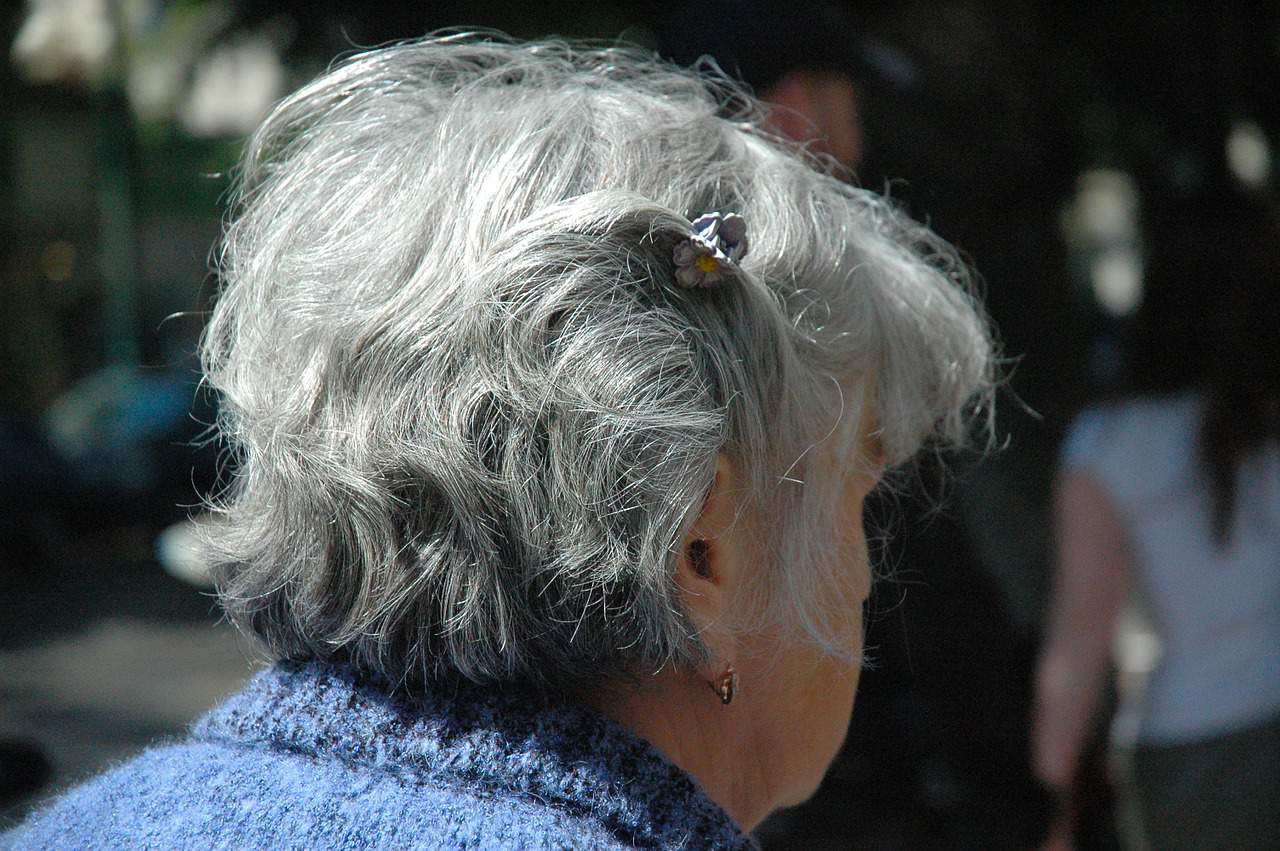Five Things to Understand About the Causes, Prevention, And Treatment of Strokes
Strokes affect nearly 800,000 people a year and leave many of them unable to adequately care for themselves. Pegasus Home Care has options to help you deal with this. According to the Stroke Association, strokes are the primary cause of long-term disability. Individuals can make lifestyle changes that will reduce their probability of experiencing a stroke.
Following are five important things you need to know about strokes:
- Some strokes can be prevented
- Not all strokes are the same
- Strokes have specific symptoms
- Treatment can improve symptoms
- Strokes are life-changing
Home care aids in recovery by enabling many disabled stroke survivors to live in familiar surroundings and receive individualized care.
Some Strokes Can Be Prevented
Many factors influence an individual’s risk of experiencing a stroke. Some of those factors can be eliminated, reducing the associated risks.
Individuals who have a high risk of suffering a stroke include those who:
- Are overweight
- Don’t exercise regularly
- Consume alcohol to excess
- Smoke
- Use illegal drugs
These are lifestyle habits which can be changed.
Medical risk factors include:
- High blood pressure
- High cholesterol
- Diabetes
- Sleep apnea
- Heart disease
Obtaining proper treatment for these conditions can reduce the risk and complications of strokes.
Other factors include:
- Being 55 or more years old
- Being an African-American
- Being female
These individuals can only take steps to reduce the other risk factors.
Seniors often know their habits adversely affect their health, but they may feel it is too late to change. Those who are already receiving home health care can significantly reduce their risks.
Care providers assist willing individuals in establishing healthy lifestyle habits. They often start with dietary advice and implementing an exercise routine. They’ll also assist in ensuring that medical conditions are treated.
All Strokes Are Not the Same
The three kinds of strokes are:
- Ischemic
- Hemorrhagic
- TIA
Ischemic and hemorrhagic strokes require immediate medical attention to minimize the damage.
An ischemic stroke results when blood flow to the brain is reduced. It’s the most common kind of stroke. Blocked or narrow arteries are the underlying cause.
A hemorrhagic stroke occurs when an artery leaks blood into the brain. Sometimes an aneurysm forms and a blood vessel ruptures. The pressure of excess blood damages the brain cells.
TIA stands for Transient Ischemic Attack. People often refer to TIAs as mini-strokes. Even though TIAs are short-lived, they require prompt medical attention.
Disability Can Be Reduced in Stroke Survivors
Stroke survivors lose various abilities depending on which brain cells are damaged or killed. The type of stroke and quickness of appropriate treatment also affects the loss of function. Disability can be temporary or permanent.
Once a stroke survivor is released from the hospital, home health care makes a big difference in recovery. Being home immediately improves how seniors feel. They also receive personalized care that respects their dignity.
Strokes Have Specific Symptoms
Symptoms vary in a person suffering from a stroke. The most frequent are:
- Confusion, particularly if speaking
- Slurred speech
- Droopy face or mouth
- Headache
- Numbness or paralysis
- Impaired vision
- Dizziness or uncoordinated movement
These symptoms may be minor or severe.
Many stroke survivors experience pain, depression, and difficulty controlling emotions. Home health care providers help their clients cope with their symptoms. They also assist clients with eating, bathing, and other daily activities.
Treatment Can Improve Symptoms
Recovery begins after the crisis has passed and the stroke survivor is stable. A health care manager oversees the rehabilitation. Rehabilitation needs to be customized to the special needs of the client.
Rehabilitation includes:
- Speech therapy – regaining the ability to communicate effectively
- Physical therapy – regaining the ability to coordinate movement
- Occupational therapy – regaining the ability to dress, bathe, and similar activities
Clients may need counseling to help with the depression that often accompanies the changes in their health.
Homes may need to be modified so that the senior can move around without falling. Home health professionals observe their client’s level of ability. That enables them to ensure safety without compromising independence.
Strokes Are Life Changing
Most strokes are life changing. For many seniors, even a minor stroke decreases their independence. Statistics show that “ . . . more than 2/3 of survivors will have some type of disability.”
A small stroke may result in temporary disability or minor problems. A major stroke often results in permanent paralysis and other disabilities. It all depends on how many and which brain cells the stroke damaged or killed.
Family caregivers try, but caring for a stroke survivor is often more difficult than their ability to cope. Families also know what the person was like before the stroke. It’s hard for them to understand that the person they knew may be gone forever.
Home care professionals are compassionate, but objective. They see their clients as they are now, not how they used to be. They concentrate on helping clients with the present and future.
Home health care helps stroke survivors recover as much of their pre-stroke abilities as possible. Their expertise can help reduce a client’s risk factors and prevent a second stroke. Most important, home care can increase a senior’s independence. Contact us to learn how.

